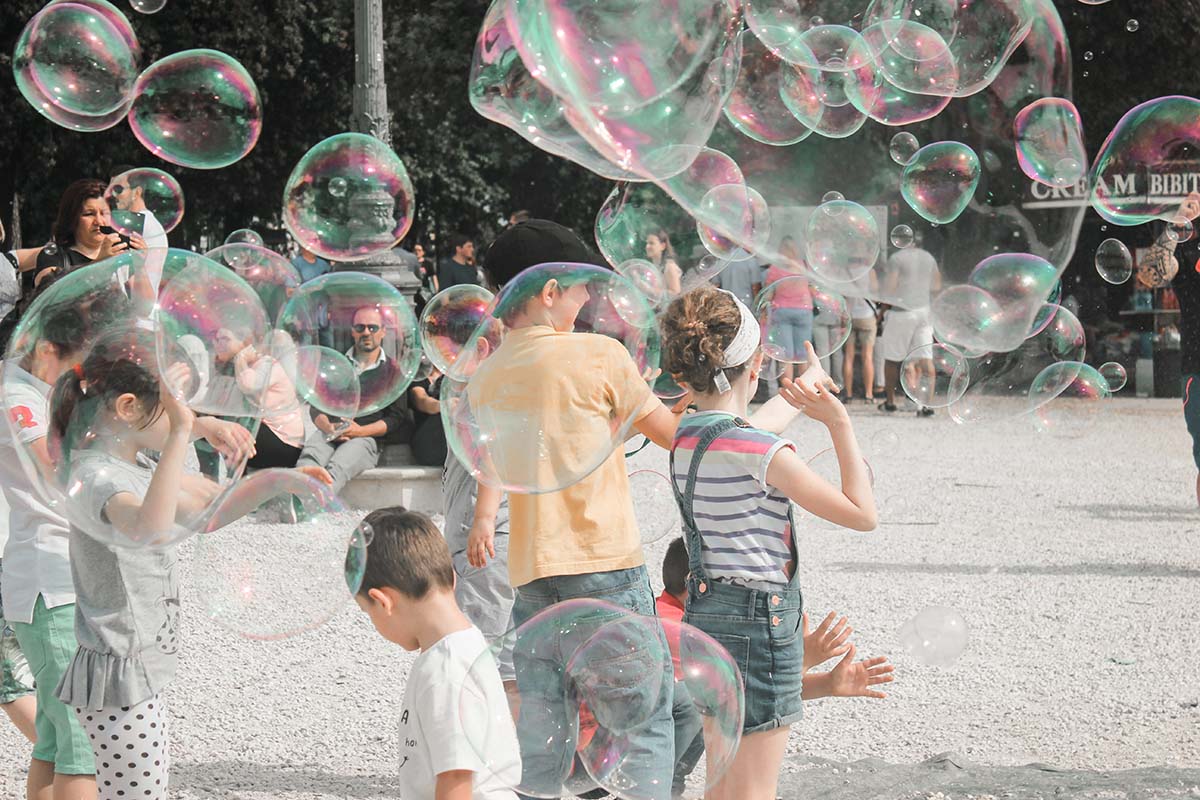“He won’t stop playing!” says my dad, surprised, almost every day, as he observes his grandson – my 14-month-old son Lorenzo – going about his daily life.
My dad is absolutely right. Lorenzo plays and plays. He bangs pots and pans while I prepare breakfast; he is joyfully mesmerised by the bubbles that come out from a plastic bottle he thrusts underwater as he bathes; he kicks around anything he finds lying around, just to see it jump and skid across the floor.
We all know that children play. We adults do it too – though usually way less.
Play is a pretty universal activity that we take for granted in kids. But what we’ve overlooked is that children are playing less, and less freely. And I think it’s because we adults have failed to recognise three fundamental characteristics of play:
- Play is something that children do without an aim
- Play is an activity children want to feel they are initiating
- Play is fundamental to learning
These three points, and how we tend to ignore them as adults, made me want to look into play a little more. And so today, I’m kicking off a new investigation.
Why write about play?
I’ve been planning to write about play for a while because it’s an essential part of the first 1,000 days with long-lasting consequences in adult life.
“Children are nature’s most efficient learning machines and a lot of that learning comes from play,”

